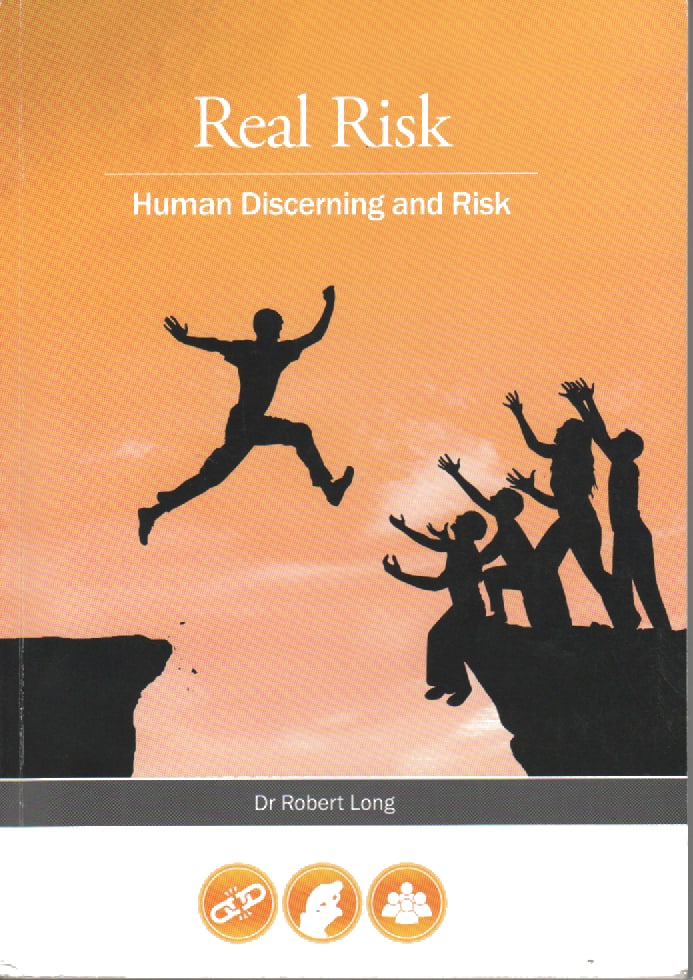 SafetyAtWorkBlog has written previously about the evidence of Margaret Coaldrake to the Royal Commission into the Home Insulation Program (HIP) given at the public hearings and also the occupational health and safety role of risk management and risk registers. The release of the Royal Commission’s final report on 1 September 2014 provides further details on a risk management process that is common to all large projects.
SafetyAtWorkBlog has written previously about the evidence of Margaret Coaldrake to the Royal Commission into the Home Insulation Program (HIP) given at the public hearings and also the occupational health and safety role of risk management and risk registers. The release of the Royal Commission’s final report on 1 September 2014 provides further details on a risk management process that is common to all large projects.
Commissioner Ian Hanger spent considerable time on the issue of the risk register as this was one of the crucial elements in the project’s whole decision-making process up to Ministerial level.
Risk Register
Commissioner Hanger was scathing of the risk management process that not only ignored the risk of worker fatalities but purposely dropped this risk from the register. He was unforgiving in his criticism of Margaret Coaldrake. He criticised her judgement. In working with her Minter Ellison colleague Eric Chalmers:
“it was up to [Coaldrake] to make sure that she and the people working with her were qualified to provide the service that Minter Ellison consultants had been retained to do.” (para 7.11.15)

 The attention given by OHS/WHS professionals and senior executives to due diligence is already changing how workplace safety is managed in a positive way but recently the
The attention given by OHS/WHS professionals and senior executives to due diligence is already changing how workplace safety is managed in a positive way but recently the  It is very common to hear people say that the core motivation for introducing or improving workplace safety management is to cover one’s arse (to protect oneself from various legislative and reputational exposures), be that the collective arse of management, the board and executives or the arse of the individual worker. This is a fundamental misunderstanding of the intention occupational health and safety (OHS) laws and principles yet the fear of reputational damage is a strong motivator of change with which safety professionals should learn to work and, perhaps, exploit, particularly as the traditional methods for corporate embarrassment, the media, are declining.
It is very common to hear people say that the core motivation for introducing or improving workplace safety management is to cover one’s arse (to protect oneself from various legislative and reputational exposures), be that the collective arse of management, the board and executives or the arse of the individual worker. This is a fundamental misunderstanding of the intention occupational health and safety (OHS) laws and principles yet the fear of reputational damage is a strong motivator of change with which safety professionals should learn to work and, perhaps, exploit, particularly as the traditional methods for corporate embarrassment, the media, are declining. When people mention safety, they are often really talking about risk. In a similar way, people talk about the absurdity of ‘elf ‘n’ safety when they actually mean public liability or food safety or
When people mention safety, they are often really talking about risk. In a similar way, people talk about the absurdity of ‘elf ‘n’ safety when they actually mean public liability or food safety or